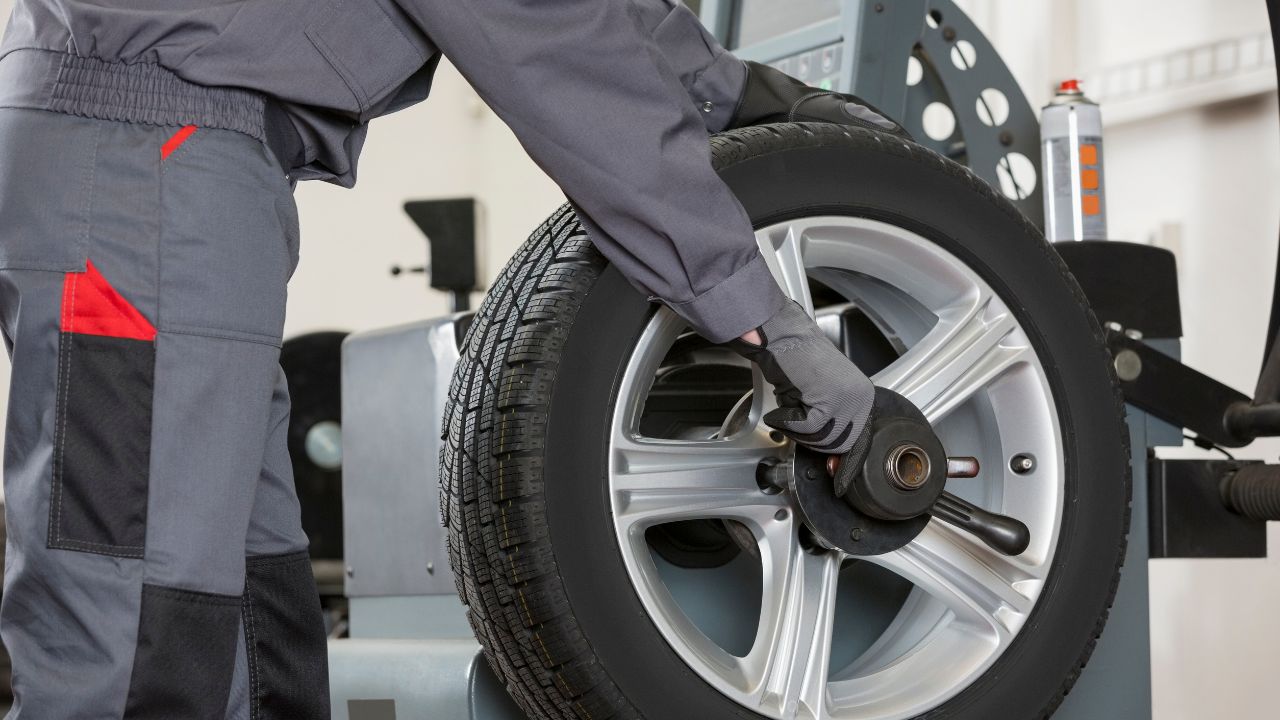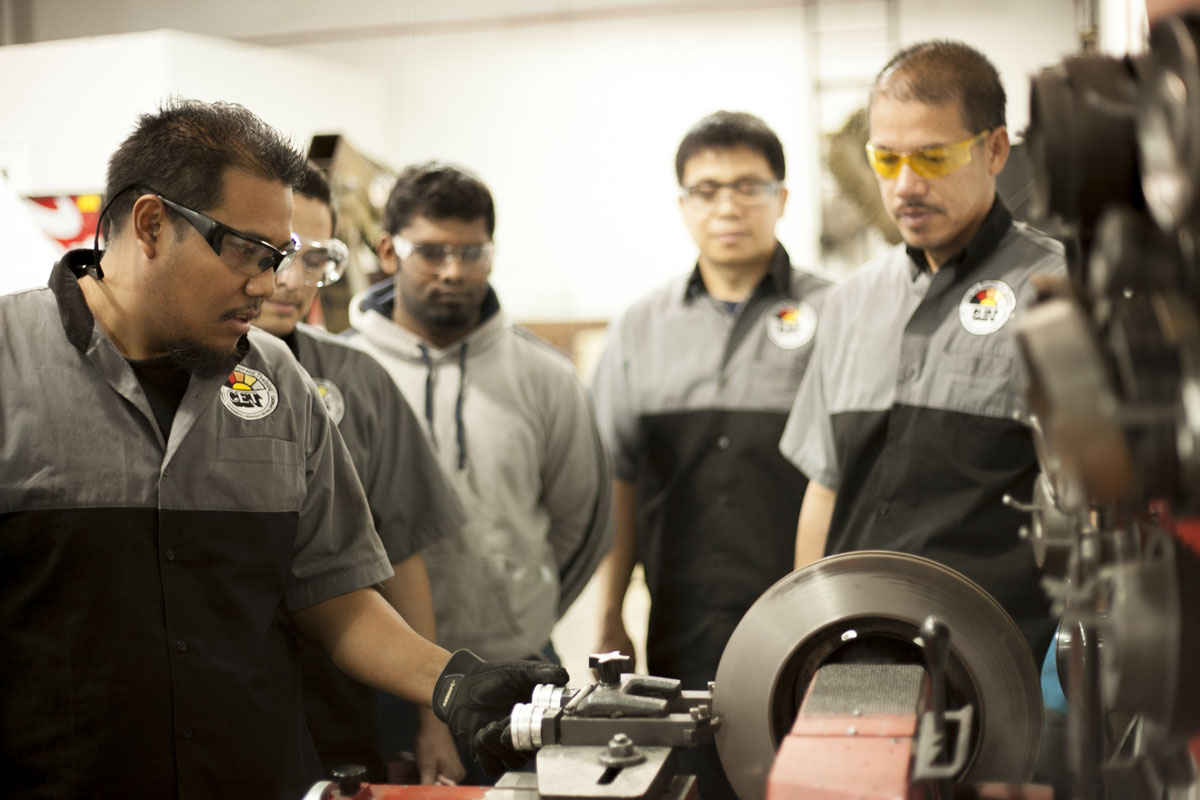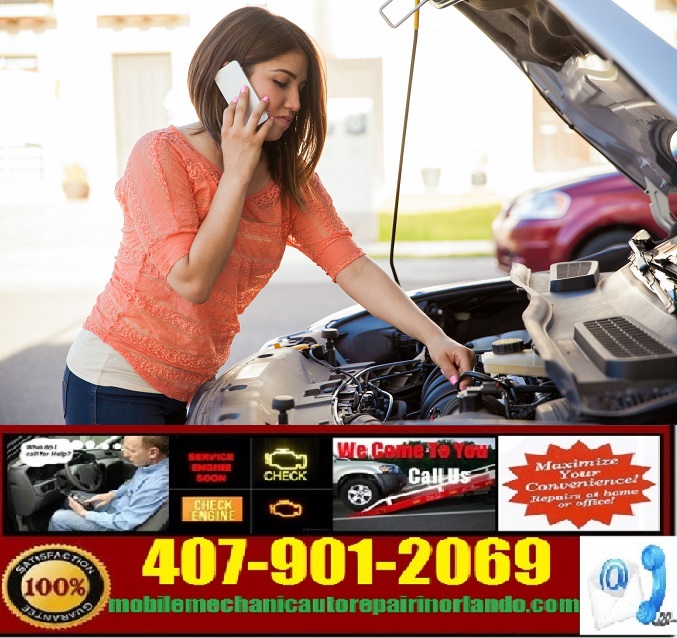
This article will discuss the types of brakes that are required, their cost and what to do if a complete job is necessary. We will also talk about signs that your brake pads may be worn and what you need to do for a good job. It is important to have your brakes checked regularly. Make sure you are well-versed in the process of replacing your brake pads. You don't need to know exactly what to look for. Read on for some tips and tricks.
The cost of a brake job
What is the average price for a new brake job? The cost of labor, parts and labor is crucial for any car owner. While a dealership might charge more for labor than a local garage or shop, independent garages usually offer lower prices. If you are a DIY-er, brakes can be installed for less.
Performing the brake job yourself saves you money, but it requires specialized knowledge and many more parts than a basic brake pad replacement. Plus, you'll be responsible for labor costs and taxes, which can add up quickly. A thorough brake inspection is not a difficult task. However, it will increase your car’s safety and performance. Regular inspection of your brakes will let you know if there are problems.

Signs that your brake pads are worn out
Your brake pads could be showing signs of wear. The most common sign is noise. This is usually a grinding, or squealing sound when you brake. This can be the result of worn pads grinding against the brake rotor. Brake pads can be made of hard rubber or steel, and are designed to withstand extreme heat. If you hear these noises, it's probably time to replace them.
The first sign that your brake pads are worn out is a noise. A high-pitched, screeching sound is the most common sign that your brake pads are worn out. It is best to schedule an appointment with a qualified mechanic if you hear the noise. The worn pads could be the cause of the noise, if you see a rusty coating over the brake pads. If you hear a grinding sound while braking, it may be time to replace the brake pad.
Types of brake pads
The three types of brake pads are primarily made from different materials. Each type's composition is different from one brand to the next. They also vary in terms dust, noise, or longevity. Some types use metal compound, while others don’t. Asbestos is one common filler. However, it isn't the only material. Most cars today are made with these types of brake pads. This material is used in almost all OEM factory pads.
Ceramic brake pads cost more and are commonly used in high-performance cars. They reduce brake dust and heat, and they also absorb heat from sudden stops. Ceramic pads tend to be more expensive than semi and organic brake pads. Ceramic brake pads also perform better in extreme conditions. These brake pads typically last a longer time than their organic counterparts.

Requirements in order to do a complete job on a brake system
A complete brake job will include all steps required to fix brakes. These steps include replacing old brake calipers, rebuilding calipers, resurfacing drums, rotating brake lines, bleeding brake lines, checking ABS and parking brake systems, and replacing damaged cylinders. You should also address issues such as brake noise and brake fluid leakage. It is vital to complete a brake job if you want your car's best performance.
Your car's brakes must be free of cracks and uneven wear in order to function properly. You should seek out a trusted repair shop if your brakes don't hold your car at a stop. A complete brake system replacement is recommended for high-mileage cars. You may need to replace or repair your entire brake system.
FAQ
Is it difficult to become a mechanic apprentice
It's not easy, however, it is very rewarding and offers many opportunities for growth.
You will need patience and perseverance. You must also know how to fix cars, trucks, and motorcycles.
Customers and loved ones can place a lot of pressure on you. You shouldn't feel pressured to make decisions that you don't like.
This could be an excellent career choice for someone who enjoys fixing cars. This is a job that allows you to earn a decent income and grow your business.
But you may prefer another path. Consider becoming a technician.
This involves using your technical expertise to support other workers. You might be able to assist technicians in troubleshooting problems or teach them new techniques.
Another option is to become an advisor in service. This is where you can offer advice and assistance to customers who bring their vehicles to a garage.
The decision you make will depend on what you are looking for. There are many options, so you can choose the one that suits you best.
What is the difference between an automotive technician and a mechanic?
These two jobs are very similar but not identical. The mechanic fixes cars while the technician maintains them.
A mechanic should be able to do simple tasks quickly and have good manual dexterity. A mechanic must be able diagnose and fix problems quickly and accurately.
An automotive technician is required to have more technical knowledge than a mechanic. They must be capable of reading blueprints and using tools such as drills, wrenches, etc.
They must be able and competent to safely perform complicated procedures. They must be familiar with all types of electrical and engine systems.
They must also be able to understand how various parts interact with each other.
This means that mechanics usually make less money than automotive technicians. But there are many opportunities for both jobs.
What is the best way to learn about car mechanics
For an auto mechanic job, you don’t have to be an expert in cars. You only need to know how to fix them. That's why most people start doing jobs like fitting brake pads or changing tires before progressing to more complex repairs.
You need to be able read and comprehend diagrams, follow written instructions and adhere to basic principles of good practice. It is also important to know how to determine if parts are damaged or need to be replaced.
It is important that you have proper training and guidance before you attempt to repair vehicles. This is especially true for expensive components, such as transmissions and engines.
Even though you won’t need to know much more about cars, you will still need to have an in-depth understanding of mechanics and physics. This includes understanding the mechanics of how engines and brakes work.
It's also worth noting that you'll need to be prepared to deal with all sorts of situations. One example is when you could be working on a vehicle involved in a serious crash. Additionally, you will need to have experience with handling accidents and breakdowns.
You must also be willing to learn quickly. In order to be able diagnose and fix problems, you will also need to know how to do simple maintenance tasks such tightening bolts.
Statistics
- 52% of Mechanics in the United States think their salaries are enough for the cost of living in their area. (indeed.com)
- Apprentice mechanics earn significantly less hourly than mechanics who have completed training, with a median wage of approximately $14.50 an hour, according to PayScale. (jobhero.com)
- The U.S. Bureau of Labor Statistics (BLS) reports that the job outlook for automotive service technicians and mechanics is expected to decline by 4% from 2019 to 2029. (indeed.com)
External Links
How To
How to properly diagnose your car for repair
The symptoms of your vehicle are the first thing you need to look at in order to determine whether it is in dire need of repairs. Follow these steps to properly diagnose your vehicle.
-
Check engine lights. You should inspect the dashboard lights, such as the engine light indicator and the oil pressure gauge. Also, check the battery light indicator. If they have been flashing for more days than usual, it could be a sign that something is wrong with the vehicle.
-
Examine the treads of the tires. Tires with worn treads could cause problems when handling or braking. Also, inspect the treads of your wheels. They should be clean, and they should be smooth. You can do this by taking off the wheels. You can check the tread wear with a flashlight.
-
You should always monitor the level brake fluid. You must keep track on the level of brake fluid in your vehicle. You can ensure that your brakes are working properly by monitoring the level of brake fluid in your vehicle. Your brakes may fail if the brake fluid level drops.
-
Make sure to test the suspension system. It is common for vehicles to have a suspension system which absorbs shocks or vibrations. It gives you better control and allows for smoother accelerations and decelerations. Your vehicle might feel wobbly, or shake uncontrollably if it has a bad suspension. If you are unsure if your vehicle is suffering from a suspension problem, put weight on the front and rear axles to check the movement.
-
Examine the steering wheel. Steering columns are used to connect the steering wheel to the rest of the vehicle's components. Sometimes, steering columns are damaged by accidents. Replace it if your steering column feels loose or unsteady.
-
Pay close attention to the exhaust tube. Exhaust pipes move gases from combustion chamber to atmosphere. If your exhaust pipe leaks or cracks, it will allow harmful fumes into your cabin. If your tailpipe bends, it is important to fix it immediately.
-
Take a look at the underside of your hood. Take a look underneath the hood to find any strange or unusual items. Your engine could be leaking fluids. You should also contact a professional technician if there is an unusual odor coming from the engine compartment.
-
Check the air filter. The outside environment collects dust and other particles in the vehicle's filter. Vehicles that have a dirty air filter will not run well. Replace your air filter regularly.
-
The fan belt should be checked. The fan belt that connects your vehicle to the transmission is called the engine fan belt. If the fanbel breaks, your engine won't turn. Replacing the belt is simple. All you need is a screwdriver and some pliers.
-
You should inspect the radiator and hoses. The radiatorhose carries water from your radiator to the engine. If it becomes cracked or damaged, it can leak hot liquid onto the engine. To repair the hose, you will only need to use a pair needle-nosepliers and a wire brush.
-
Make sure you have the windshield wipers checked. Windshield wipers use electricity to clean away snow and rain. If they stop working they could leave streaks behind on your window glass. The solution is to change the washer fluid.
-
The battery cables should be checked. The battery cables provide power for the electrical systems in your car. If you are replacing batteries, disconnect the negative cord first. Failure to do so can damage your alternator.
-
Pay attention to your headlights. The headlights provide illumination for the road ahead. Poor visibility can result if the headlights don't function properly. Check the bulbs to see if they've burned out.
-
Always check your lights. The lights are there to warn other drivers if they approach you at night. You may be distracted by the light and end up in an accident.
-
You should inspect your brakes. Brakes slow down your vehicle before a collision. You may lose control of your vehicle and crash if the brakes don't function properly.
-
Change the oil. Oil keeps your engine lubricated. It helps prevent metal parts from wearing out too quickly. It is recommended that the oil be changed every other month.